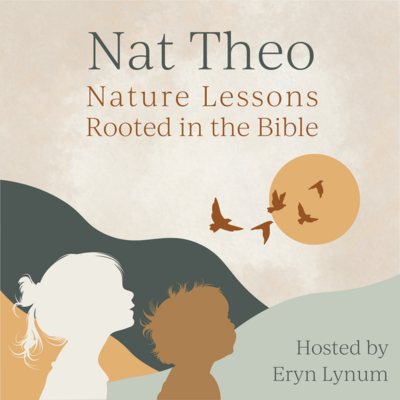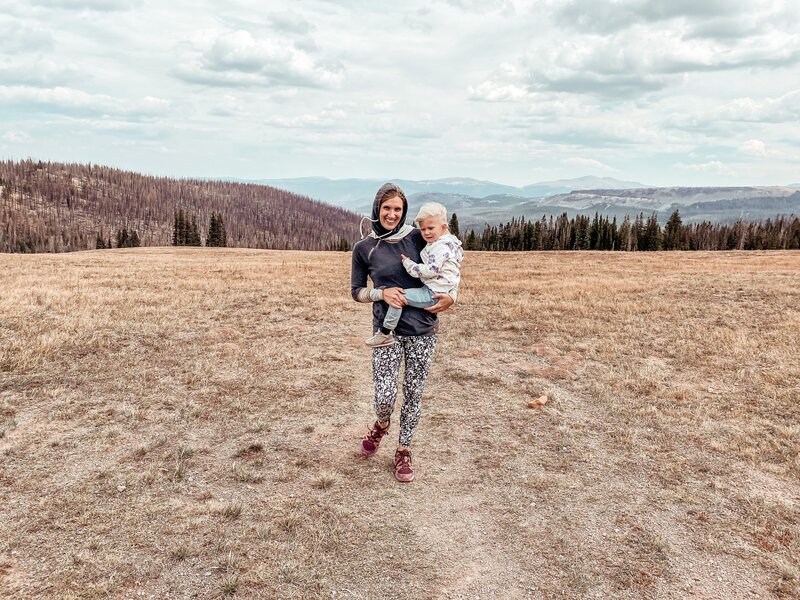Organic Vs. Grass-Fed Meat and Dairy
The Nature of Rest
What the Bible and Creation Teach Us About Sabbath Living
Intentional Parenting
Nature Studies
Apologetics
Adventure
Free Resource
Entrepreneurship
Homeschooling
Faith
Books
Categories
Master Naturalist, Bible teacher, author, wife, and mama of four! Join our adventures of discovering God while adventuring in creation.
I'm Eryn
Hey there!


Listen Now






Order now

Meat Superior in Taste and Nutrition!
A couple of Saturday’s ago I was one of a handful of people who braved the foreboding winds of an oncoming arctic blast to visit the farmer’s market. As I was purchasing some eggs and ham, a young woman approached our farmer and asked for some ground beef. He apologized, saying they did not have any available that morning. She stood there for a moment, a bit lost at what to do. She explained that ground beef is all she had ever gotten from them, quickly looked over their other offerings, and walked away with nothing.
I had not had my coffee yet, but if I had, I hope that I would have tried to strike up a conversation with her and sell her on another cut of meat from our farmer; perhaps one of his incredible hams or bacon ends from pastured pigs, a whole free-range chicken, or a brisket from a grass-fed cow.
The truth is, anything she would have selected from this farmer would be well worth her time and money. All of the meats are superior in taste and nutrition. They are some of the best meats you can come by, because all of the animals they come from were raised in their natural habitats, and ate their natural diets that they were created to thrive on.
Is Organic the Same as Grass-Fed?
Organic and Grass-fed are not the same. “Organic” means that an animal was fed only organically-grown food (and no animal by-products or “leftovers”). “Organic” beef can (and does) still mean that the cow was fed grains, soy, and corn; it was just organically-grown grains, soy, and corn.
As Nina Planck puts it in her book, Real Food: “Organic means food was produced without synthetic fertilizer, antibiotics, hormones, pesticides, genetically engineered ingredients (GMOs), and irradiation”.
When it comes to animal products, organic is most definitely better for you than conventional (non-organic). But–when available go the step further and opt for:
- Grass-fed beef, sheep, goats, and game (100% grass-fed is best, this means the animal was not “finished” on grain to plump him or her up before slaughter)
- Pastured pork, poultry, and eggs
- Milk, cheese, yogurt, cream, or any other dairy products produced from grass-fed cows
These items are often available from farmer’s markets, and for affordable prices when bought directly from farmers instead of from larger stores. (Click here for my post at Whole Lifestyle Nutrition on how to eat grass-fed meat on a budget!)
“Organic”, “grass-fed”, “pastured”; all of these terms create a whole lot of confusion around food today. It has taken me two years to wade through them, and I am sure there is still plenty I do not understand. But it really does boil down to a simple understanding that:
Animals that are raised in their natural habitat, eating their natural diet, create foods with superior taste and nutrition.
Interesting Benefits of Grass-Fed and Pastured Foods
In addition to antioxidants, vitamins E and C, beta-carotenes, omega-3 fatty acids, here are some additional benefits of eating these foods:
- Eggs from pastured chickens have roughly 10 times more healthy omega-3 fatty acids, and 20 times less omega-6 fatty acids (harmful in excess) than commercial eggs.
- Dairy from grass-fed cows is a rare source of CLA, a unique and beneficial fat which helps prevent heart disease, shows promising research for fighting cancer, builds lean muscle, and aids in weight loss. (Nina Planck, Real Food) The CLA in dairy from grass-fed cows is about 5 times greater than from industrial dairy products.
- Animals raised on pasture are far less likely to contract and spread diseases than feedlot (industrial) animals. This means safer meat with less hazardous bacteria (less chance of E. coli, for example)
- Meat from grass-fed cattle contains 4 times more vitamin E than feedlot cattle. Most Americans are deficient in Vitamin E, which is necessary for the immune system to function properly.
We’ve Been Lied To
I’d like to leave you with this thought to ponder: we have been lied to when it comes to eating meat and dairy. Eatwild.com explains:
“For decades, we’ve been told that eating full-fat dairy products increases the risk of heart attack. Now, a study from the Journal of Clinical Nutrition says that the more full-fat dairy products people consume, the lower their risk of heart attack—provided the cows were grass-fed.
The reason grass-fed milk is protective is that it has up to five times more conjugated linoleic acid or CLA. CLA is a healthy fat found in the meat and milk of grazing animals. People who eat grass-fed dairy products absorb the CLA and store it in their tissues. In this new study of over 3,500 people, those with the highest levels of CLA in their tissues had a fifty percent lower risk of heart attack than those with the lowest levels.”
Meat and dairy from grass-fed cows are abundant sources of that unsung yet crucial healthy fat, CLA.
What Will You Do With This Knowledge?
It’s not only McDonald’s chicken nuggets that should be considered mystery meat anymore, it’s the fresh ground beef in the butcher glass. Take an inventory of your fridge this week. Is that ground beef in your own freezer a mixture of hundreds of cows on a factory farm; cows who lived their short lives confined to a tiny space, standing or lying in their own feces, and eating foods they were never created to eat?
With the knowledge I have presented, would you be willing to swap out one or two of the conventional meat or dairy items you frequently buy with grass-fed or pastured versions? Start small, just one item at a time, and discover how much greater these foods taste, and how much greater you feel when eating them!
Sources:
http://www.eatwild.com/healthbenefits.htm
http://www.livestrong.com/article/417483-what-does-vitamin-e-do-for-the-body/
Real Food, Nina Planck
Deep Nutrition, Catherine Shanahan


learn more
Raising kids stirs something deep in our souls — an innate knowing that our time is finite. Taking my kids outside in creation, I’m discovering how to stretch our time and pack it to the brim with meaning. God’s creativity provides the riches of resources for teaching the next generation who He is and how He loves us. Join our adventure and discover inspiration and resources for refusing rush, creating habits of rest, living intentionally, and making the most of this beautiful life!
I'm Eryn, Master Naturalist, Author, & Bible Teacher
Hey there!


Receive free inspirational resources for refusing rush, creating habits of rest, parenting with intentionality, and teaching our kids who God is through what He has made!
Inspired
Be
Brand + Website by Amarie Lael Design | TERMS & CONDITIONS + PRIVACY POLICY | Copyright 2011 - 2025 Eryn Lynum
Contact
Speaking & media
About
Books
Shop
Videos & Interviews
Email List
Stories
Free Downloads
Resources
Home
@erynlynumauthor


The Nature of Rest
What the Bible and Creation Teach Us About Sabbath Living
Now Available!
Order
X
Signed Copy



Add a Comment